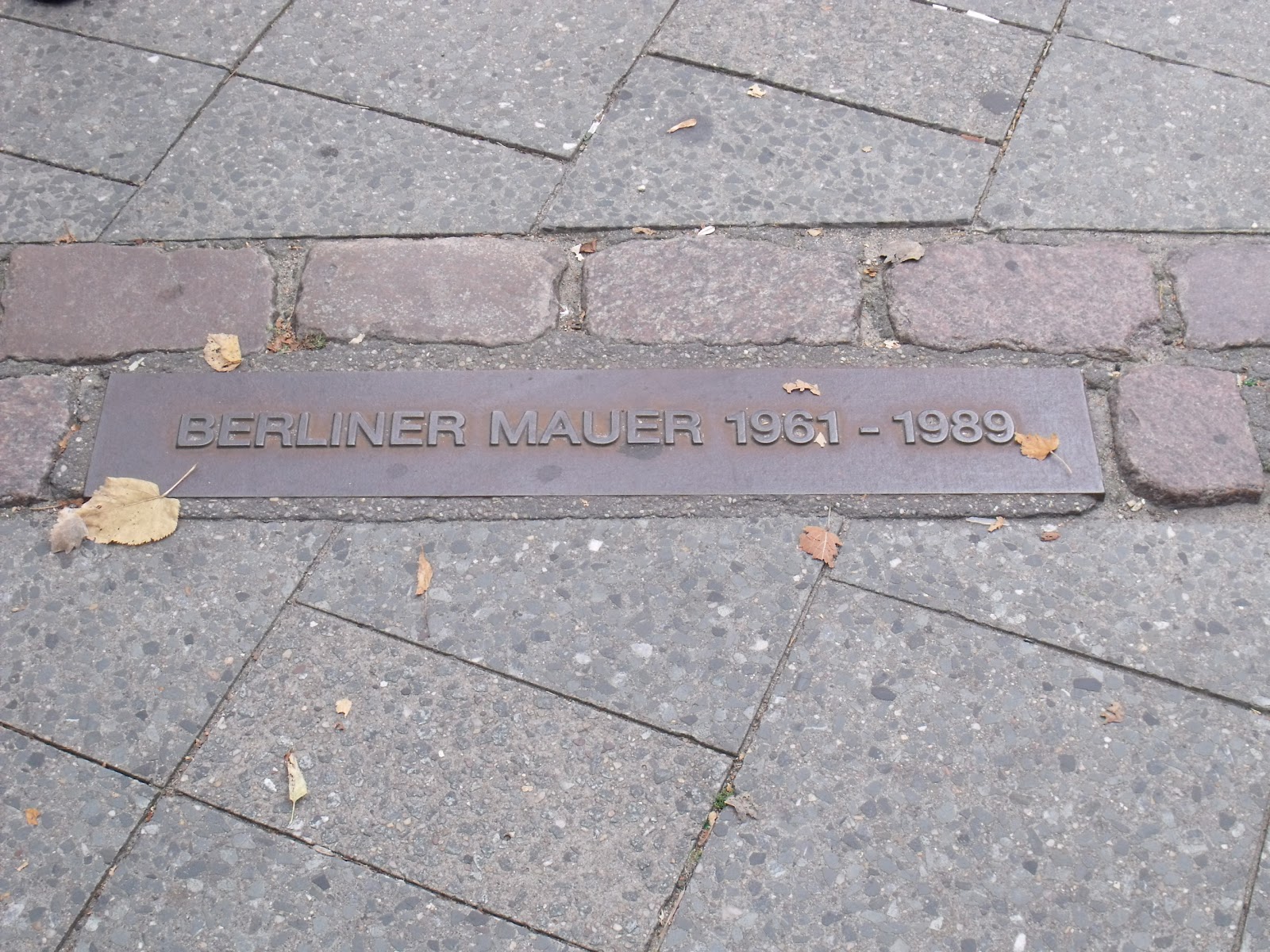Asian Film Festival Berlin
The Asian Film Festival in Berlin was the first film festival I have gone to. I attended a panel discussion called “Imagine(d) Kinship: Gender, Sexuality, and Kinship in Hong Kong Independent Film” and went to see Banga Banga – He Is On Duty.
I was really surprised with the number of guests at the lecture. There were about 15 people there. When I imagined a film festival, I always thought there would be at least 50 people at each lecture and screening.
During the lecture, views of LGQT by Hong Kong residents, representation in the media, funding for producing and distributing films, sexuality and social discourse were discussed. Gum Gum, a lesbian film producer, was specifically mentioned. Her short film iD is an animation of a clay figure deciding on which of the 3 chairs to sit on. In the end the figure puts all three together and lays on them. My interpretation is that the chairs represent fitting into one heterogeneous sexual identity. The film shows viewers to go beyond the limited options of heterosexuality.
I was really surprised with the number of guests at the lecture. There were about 15 people there. When I imagined a film festival, I always thought there would be at least 50 people at each lecture and screening.
During the lecture, views of LGQT by Hong Kong residents, representation in the media, funding for producing and distributing films, sexuality and social discourse were discussed. Gum Gum, a lesbian film producer, was specifically mentioned. Her short film iD is an animation of a clay figure deciding on which of the 3 chairs to sit on. In the end the figure puts all three together and lays on them. My interpretation is that the chairs represent fitting into one heterogeneous sexual identity. The film shows viewers to go beyond the limited options of heterosexuality.
 |
| Guests about to watch Banga Banga |
On the last night of the festival, I went to the Koreanisches Kulturzentrum (Korean Culture Center) to see Banga Banga. I HIGHLY recommend the film. It not only talks seriously about deeper social issues of immigration factory workers, power relationships between supervisors and immigrant employees, discrimination against immigrants, worker rights, identity, globalization and morals, but also the movie is a comedy that will make you laugh and cry from one moment to the next.
My favorite quote: "If you can’t give to the poor, don’t steal from them."
My favorite quote: "If you can’t give to the poor, don’t steal from them."
In addition to what I learned from the festival, I enjoy that independent films speak to social issues a lot more than commercial films.






















































1 comments :